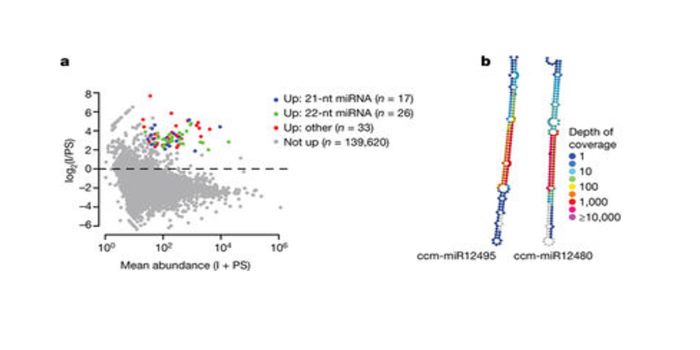
MicroRNAs from the parasitic plant Cuscuta campestris target host messenger RNAs
Nature. Cuscuta sp. commonly known as dodder, is an obligate parasitic plant that colonizes a broad range of host plants and obtain water and nutrients by specialized feeding structure called haustorium. Literature suggests that this specialized structure is involved in bidirectional movement of viruses,…
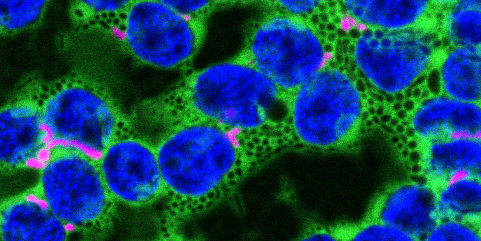
Protection Against Reactive Carbonyl Species
Schmitz et al. investigate the physiological significance of the glyoxylase system in Arabidopsis https://doi.org/10.1105/tpc.17.00258
By Jessica Schmitz and Veronica G. Maurino
BACKGROUND: In every living cell, side reactions of enzymes and spontaneous reactions of metabolites inevitably…
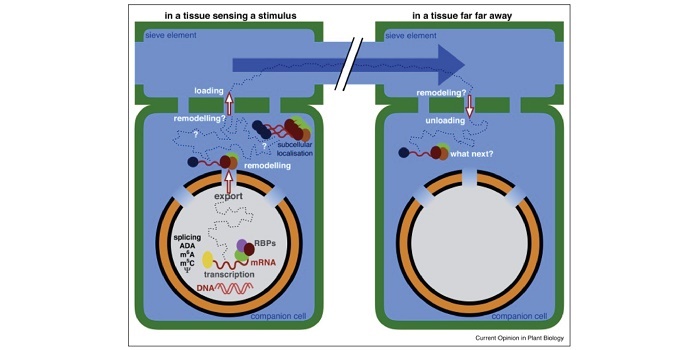
Review: On the selectivity, specificity and signaling potential of long-distance movement of messenger RNA
Regulation of transcription occurs at the cell-type specific level, but transcribed messenger RNA is mobile and can move between tissues through plant vasculature, serving as a long distance messenger. Many mRNA molecules have been identified in the phloem sap, suggesting that mRNA transport goes through…
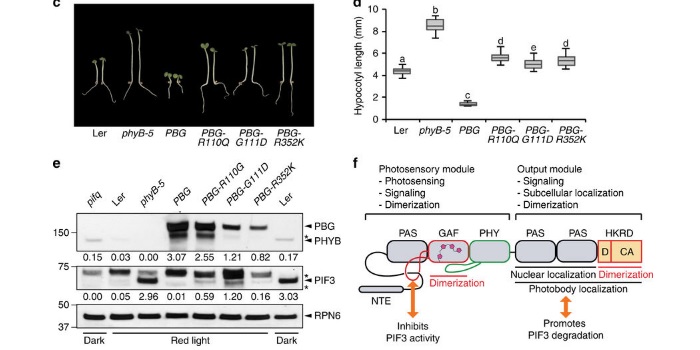
Role of C-terminal modules in phytochrome signaling
Phytochromes are photoreceptors found in many organisms including bacteria, fungi and plants. Plant phytochromes regulate many aspects of plant growth and development, including germination, shade avoidance, defense against pests, and senescence. Phytochromes most likely transduce signals through the…
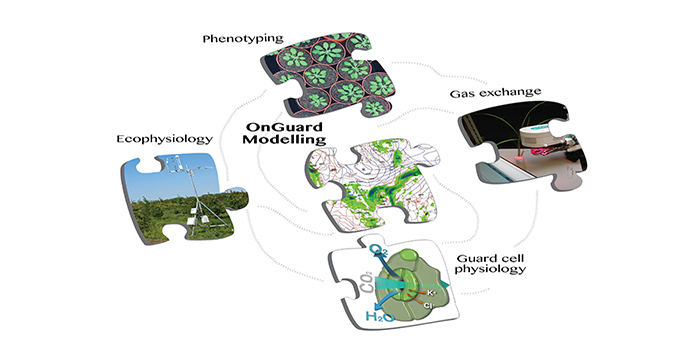
OnGuard2 Computational Platform Tracks Guard Cell Processes
Wang et al. discover unexpected connections between humidity and ion transport using a model that bridges guard cell-to-leaf scales https://doi.org/10.1105/tpc.17.00694
By Maria Papanatsiou
Background: Plants rely on stomata on the leaf epidermis for their survival. Stomata are small pores formed…
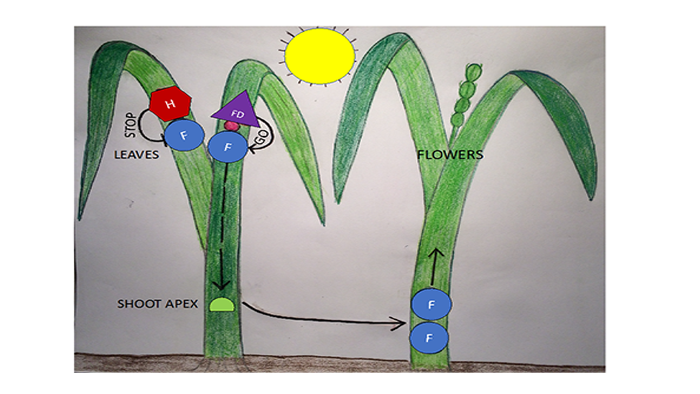
How Signals in Plant Leaves Influence Flowering
Brambilla et al. describe antagonistic signals in rice leaves that control flowering https://doi.org/10.1105/tpc.17.00645
By Vittoria Brambilla
Background: A plant’s lifecycle is marked by a major switch occurring when the plant stops producing leaves and starts to make flowers. This switch is…
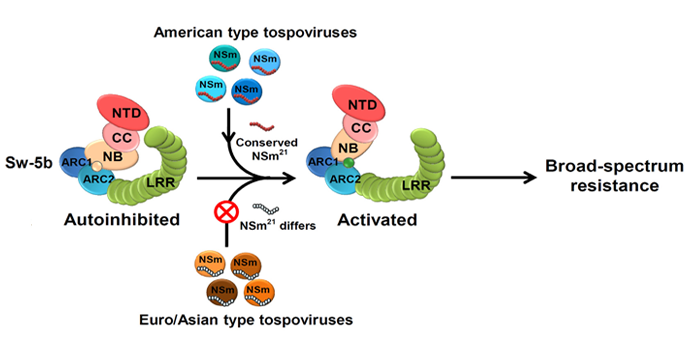
Broad-Spectrum Disease Resistance in Tomato
Broad-Spectrum Disease Resistance in Tomato
Zhu et al. examine how a plant receptor protein confers broad-spectrum resistance to various tospovirus pathogens https://doi.org/10.1105/tpc.17.00180
By Min Zhu, Savithramma P. Dinesh-Kumar, and Xiaorong Tao
Background: Highly evolved microbes cause…
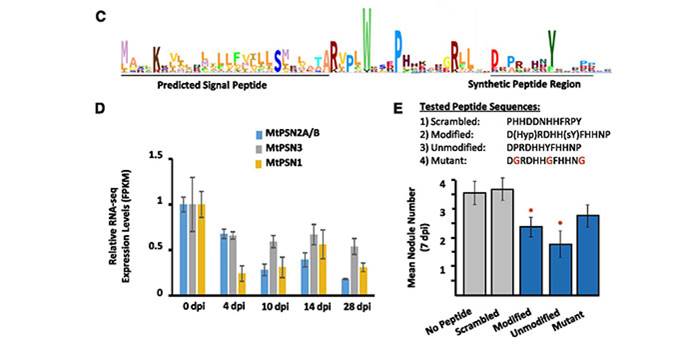
Genome-wide identification of Medicago peptides involved in macronutrient responses and nodulation
Plants are highly plastic and can modulate their growth and development to better respond to abiotic and biotic surroundings. Among the molecules involved in the adaptation to the environment, a crucial role is played by small secreted peptides (SSPs). In their paper, integrating 144 transcriptomic experiments,…
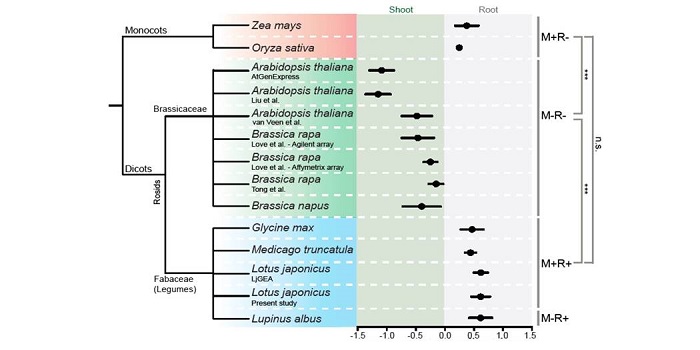
The Brassicaceae family displays divergent, shoot-skewed NLR resistance gene expression
NLR (Nucleotide-binding site leucine-rich repeat resistance) genes help plants recognize pathogens. Munch et al. looked at expression pattern data of 1,235 NLRs from nine plant species. The distribution of NLR gene expression between shoot and root is relatively constant within a species, and for most…

